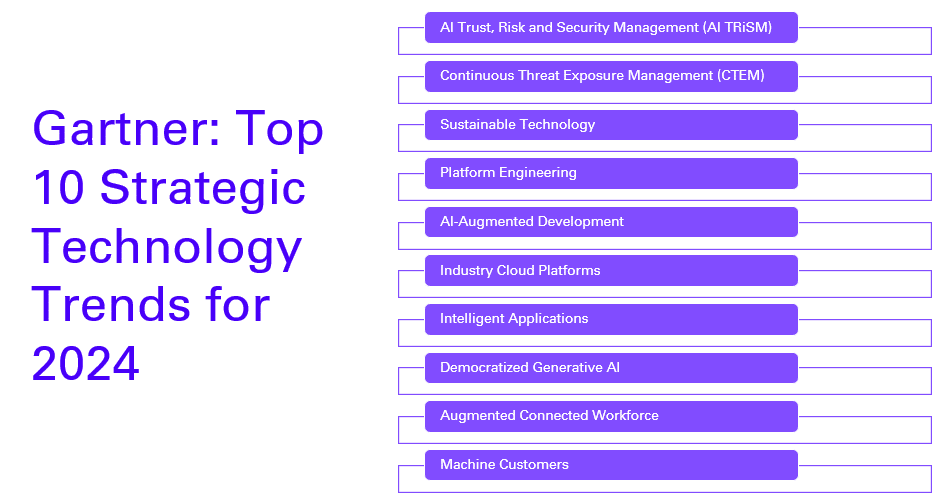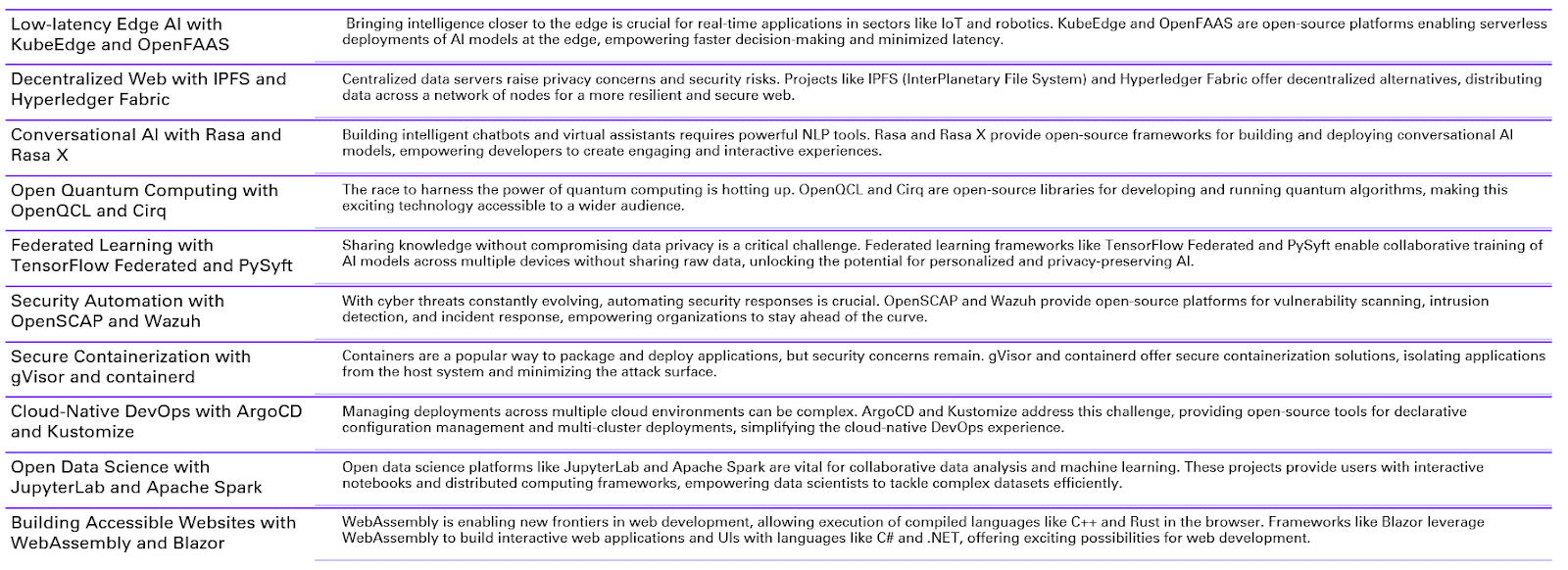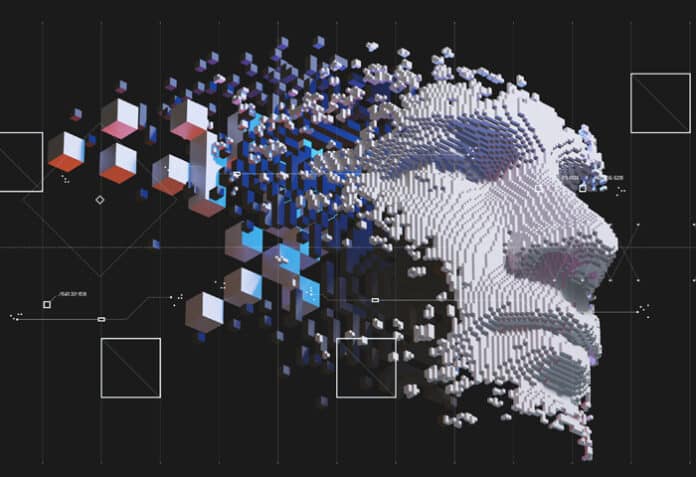Generative AI will continue to be the buzzword in 2024, and as organisations reach out for open source solutions, they will turn to the in-house open source program office.
The pace of innovation in technology has been breathtaking, and is expected to continue in 2024 with various open source technologies emerging across software infrastructure, machine learning (including AI), and data platforms. The constant evolution of the open source landscape promises to disrupt established norms, unlocking new possibilities. Generative AI was last year’s buzzword, and that promises to continue this year too. However, like everything else, it’s going to evolve and take shape across industries. Every active developer around the world is always eager to experiment with the latest technology to advance their ability to deliver software value faster and more reliably. Although open source technologies are amazing to work with, they must make sense to businesses across industries; hence, the focus on industry solutions.
Industry trends
‘More for less’ has always been the mantra of corporations. With technology evolving rapidly, organisations are looking to advance their offerings with solutions that are unique and ubiquitous in their industry. The popularity of the cloud in the past decade has made organisations comfortable with investing in smart technology. This change has boosted startups to build applications leveraging open source at a speed never witnessed before. The infographic in Figure 1 looks at industry trends across healthcare, manufacturing, retail, finance, transportation, energy, media, security, government, and agriculture. Like any forecast, it’s an attempt at predicting the future based on the top business innovations in the past few years.

Multiple industries are embracing AI as core solutions. In healthcare, the use of robots has been evolving to address precision surgeries, remote patient treatments, and in agriculture, there’s a push towards computer vision for crop and livestock monitoring with AI. While industry-specific solutions take the spotlight, tech solutions relevant to every organisation like HR, sales, marketing, operations, etc, are also on the rise. New possibilities with generative AI, IoT, cloud and 5G are pushing automation and efficiencies in organisations to new heights.
Technology trends
As 2024 unfolds, GenAI promises to take the lead in technology trends across all industries. Gartner predicts AI to be the frontrunner in 2024, moving beyond experimentation into implementations. Just like any other new technology, GenAI is going to have to prove itself as a safe and reliable technology that can generate business value with manageable risks. Many governance models and frameworks are evolving, with the US government publishing the broad guidelines that will play a major role in shaping the adoption of AI in 2024 and beyond.

Although AI is leading the trend, other tech is also trending, mainly with respect to the security of organisations’ assets across the SaaS landscape including cloud computing. Organisations always invest to add value to their core business. However, the increased complexities of managing ever growing data that’s spread across multiple service providers call for investing in security and the sustainable adoption of technology.
Virtual reality (VR) and augmented reality (AR) are once again in the news, gaining momentum with innovations improving everyday use cases. However, more must be done and, most importantly, accepted by a larger customer base for AR/VR to kick-off as a technology that has a big impact.
Open source tech trends
The vibrant open source ecosystem is constantly evolving. Many technology trends will take centre stage in 2024, some of which are already being widely adopted while others are still work in progress. Irrespective of where each of these technologies stands, one thing is certain — the robust open source community will continue to add value to enterprises of all kinds. Figure 3 illustrates open source tech trends in 2024; as you can see, the focus is on AI leading innovations in decentralised web, quantum computing, data science, and web development.

All in all, 2024 is going to be a year where development and adoption of AI, continued digitisation, and cloud computing will play a key role. Regardless of the technology, open source is playing a crucial role in accelerating its adoption. Industry leaders, including software development organisations, have realised the importance of open source to a level where they have started setting up open source program offices.
Open source program office (OSPO)
Yes, it’s actually happening! The open source program office (OSPO) is officially a team with a leadership role like chief open source officer (COSO). Due to the speed at which open source innovation is happening, organisations are realising they cannot wait for professional software organisations to build products and services, especially companies that are interested in leading the industry by pioneering solutions for tomorrow’s opportunities. The OSPO is a cross-functional team responsible for strategising and implementing open source policies, solutions, and practices in an organisation. It helps to manage risks while maximising benefits associated with the use of open source software. It’s a welcome sign that open source software is helping companies achieve higher growth, adding value beyond simply being free-to-use technology.
2024 promises to be an interesting year for all things technology, with AI-generated content, embedded monitoring across enterprise systems, and a renowned focus on reliability, sustainability, and security. Digitisation and the cloud will continue to be critical investments in enabling adoption of AI, IoT, 5G and quantum computing. As the year unfolds to new realities, the focus on efficiency will lead to further automation and an augmented digital workplace will take centre stage.
Disclaimer: This article expresses the views of the author and not of the organisation he works in.




